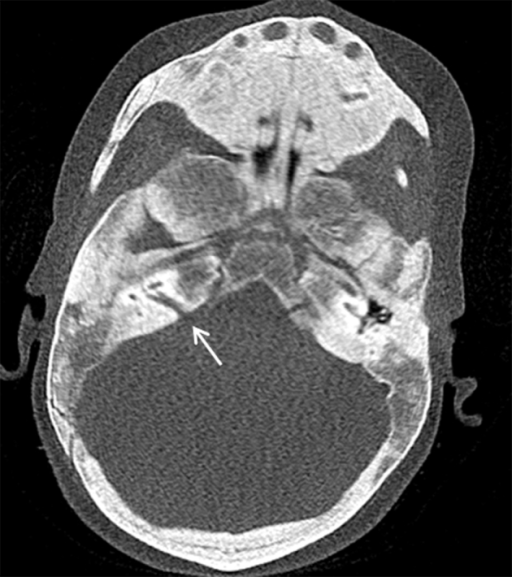

MRI findings which are unrelated to the purpose of the examination are considered incidental findings. However, a significant percentage will present unexpected findings which may have clinical significance. Only a small percentage of these scans reveal some form of causative pathology. MRI scanning is a well-established, cost-effective investigation for these patients. Investigation of these patients includes thorough clinical examination, audiological evaluation and frequently Magnetic Resonance Imaging (MRI) of the Internal Auditory Meatus (IAM), cerebellopontine angle (CPA) and brain. Patients frequently present to the otorhinolaryngologist with audiovestibular symptoms such as asymmetrical hearing loss, unilateral tinnitus, sudden sensorineural hearing loss and vertigo.

It is the responsibility of the referring Otolaryngologist to be aware of these findings, to be able to assess their significance, to inform the patient and if needed to refer for further evaluation. The majority of these findings were benign warranting no further action and only 2.5% required further referral. Investigation of patients with audiovestibular symptoms with MRI scans revealed incidental findings in a significant percentage (47.5%). The remaining scans demonstrated various other findings. Five (2.5%) scans demonstrated significant findings which warranted appropriate referral Two Gliomas (1%), 2 cases of extensive White Matter Lesions (1%), 1 lipoma (0.5%). Sixty-six of these (33%) were considered of ishaemic origin and did not require further action.

Ninety-five scans (47.5%) demonstrated incidental findings. One-hundred and four scans (52%) were normal and 1 scan (0.5%) demonstrated a unilateral vestibular schwannoma.
#Internal auditory meatus serial
Materials and methodsĪ retrospective analysis of 200 serial MRI scans. To determine the frequency and clinical significance of incidental findings on MRI scans of patients with audiovestibular symptoms. A significant percentage of these scans will present unexpected, incidental findings, which could have important clinical significance. The evaluation of patients presenting with audiovestibular symptoms usually includes MRI of the internal auditory meatus, the cerebellopontine angle and the brain.


 0 kommentar(er)
0 kommentar(er)
